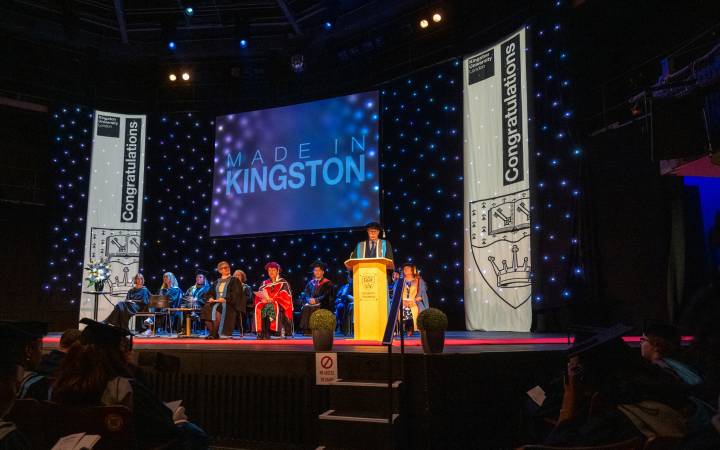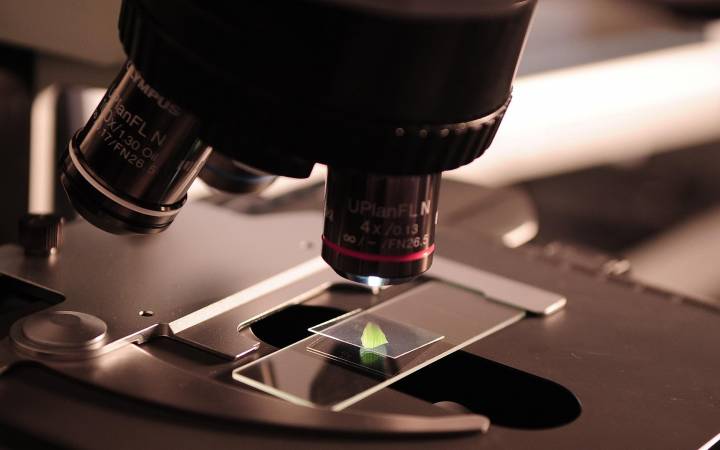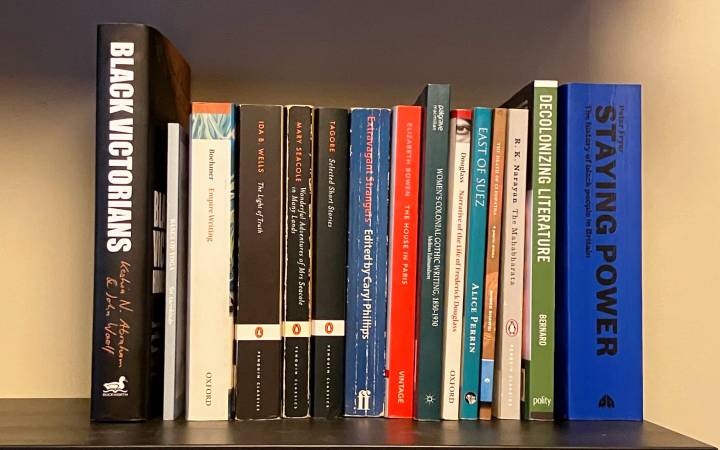Meet the Kingston School of Art fashion graduates paving the way for a sustainable future
Posted Wednesday 3 January 2024
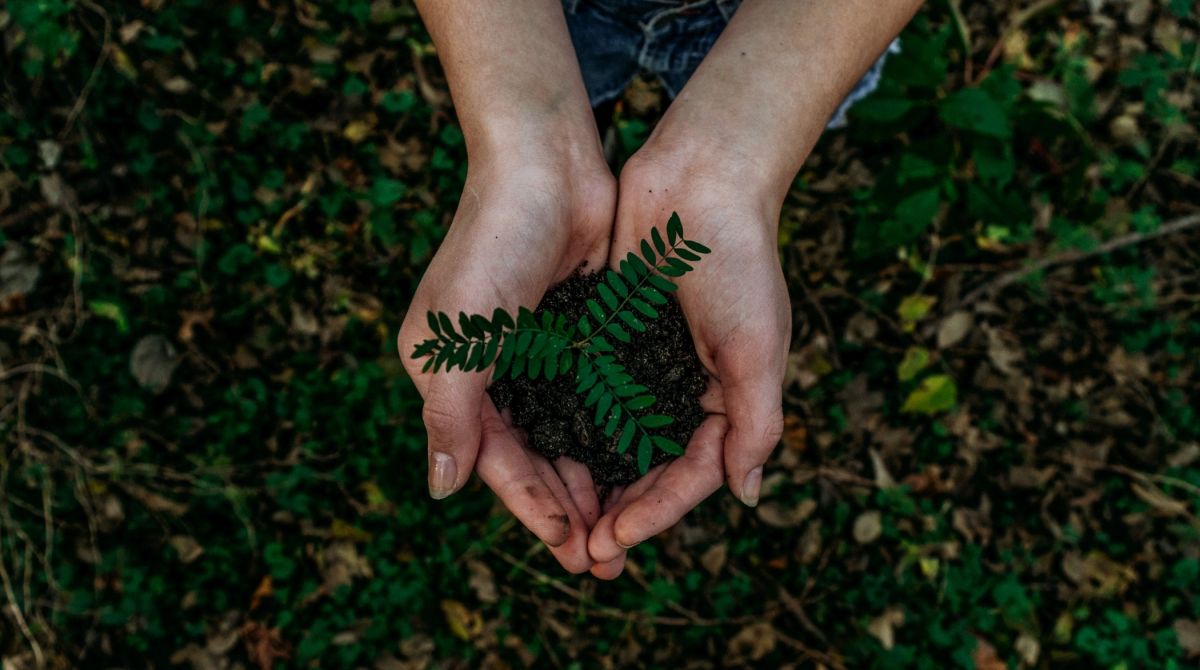
Graduates from the first cohort of Kingston School of Art's Sustainable Fashion: Business and Practices MA have shared the inspirations and motivations behind their final projects.
The masters degree, which launched in September 2022, sets out to create systemic change in the fashion industry by offering innovative and ethical alternatives to the mainstream system.
From a magazine that provides a platform for marginalised communities adopting circular fashion principles, to artifacts highlighting the environmental benefits of vegetable tanned leather, this year's projects explore practical solutions for sustainable production and consumption.
Sacha Daly's Re:form magazine advocates for a reformed fashion system through storytelling of communities rooted in sustainable practices
Can you explain your project and where the inspiration came from?
I created a non-profit magazine called Re:form that challenges the current fast fashion system by providing a platform for the stories and voices of communities, individuals and organisations who have been adopting their own methods of regeneration and restoration.
Sustainability is embedded in the traditions and culture of these communities, and I wanted to show how we can reform the system by adopting some of these practices.
Can you give some examples of the communities featured in the magazine and their sustainable practices?
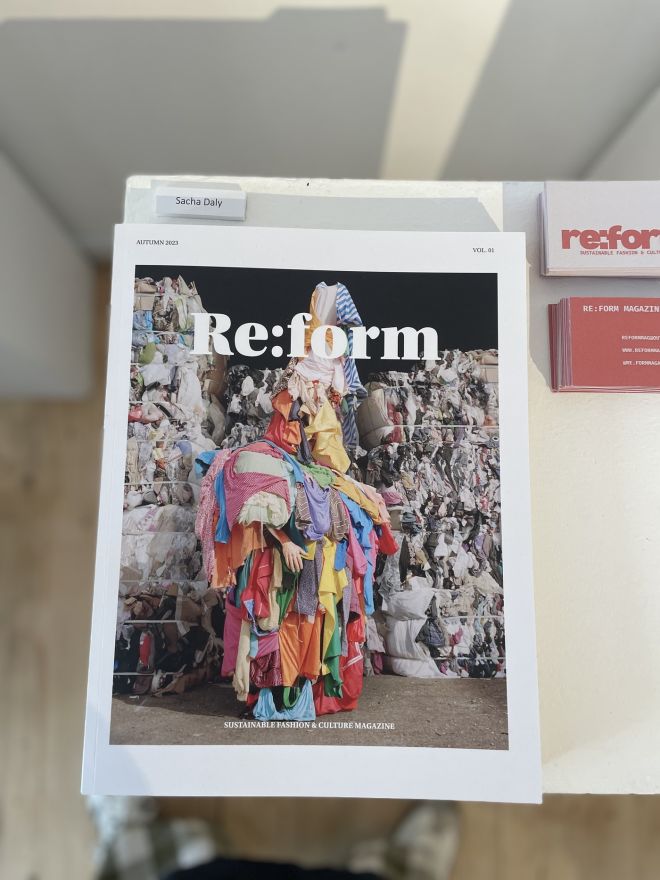 Sacha Daly's Re:form magazine The first issue of the magazine includes an interview with the founder of The Or Foundation, looking at what they are doing to help tackle the problem of waste in Kantamanto Market in Ghana. The market has long been a destination for used clothes, but the volume being imported from western countries today far exceeds the space. It has designed an ecosystem of waste solutions – including upcycling and an exchange initiative.
Sacha Daly's Re:form magazine The first issue of the magazine includes an interview with the founder of The Or Foundation, looking at what they are doing to help tackle the problem of waste in Kantamanto Market in Ghana. The market has long been a destination for used clothes, but the volume being imported from western countries today far exceeds the space. It has designed an ecosystem of waste solutions – including upcycling and an exchange initiative.
I also explored how we can reshape our perceptions and values around clothing. In today's consumer culture, there is a disconnect between the consumer and where their clothing comes from, creating this mentality that clothing is disposable. I interviewed the founder of an ethical clothing brand in Morocco who encourages consumers to value clothing by understanding the importance of artisanship and the preservation of traditional craft and cultural heritage.
How did you decide on the name of the magazine?
The name comes from my view that we need to reform the fashion system to make it sustainable. There is this narrative running throughout the magazine that we need to restructure and address the root causes of over-production and consumption.
Bingbing Bai's project explores the environmental benefits of vegetable tanned leather
Can you explain your project and the inspiration behind it?
My project explores the use of vegetable tanned leather as a sustainable and environmentally friendly alternative to mainstream leather. I visited the Vegetable Tanned Leather Consortium in San Miniato, Italy, where I toured local tanneries and sewage treatment plants, exploring the impacts and challenges of the vegetable tanning process. I then produced my own leather artifacts and accessories from vegetable tanned leather to explore the unique properties of the material and raise awareness of its benefits.
Why is it important to change the way leather is currently produced?
The traditional tanning process contributes significantly to environmental pollution, with many manufacturers still using chromium for tanning – putting workers health at risk. The chemicals used to tan leather are not biodegradable, contaminating water sources and harming aquatic life. In contrast, the Vegetable Tanned Leather Consortium tanneries take a different approach.
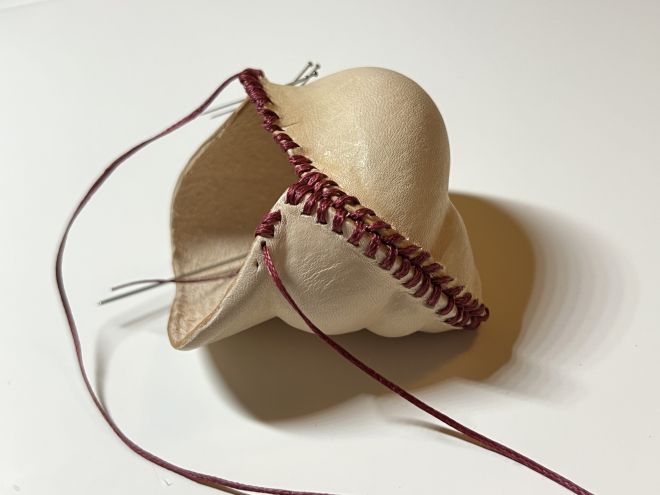
What is vegetable tanned leather and how is it better for the environment?
Vegetable tanned leather is created using tannins from a variety of plants and trees, including birch, chestnut, oak, and willow. Vegetable tanned leather is known for its unique sturdiness and strength and can last a lifetime if properly cared for. Since vegetable tanning does not require a synthetic coating, the leather can breathe. As a result, it absorbs moisture and oil and develops a beautiful patina over time - an indicator of quality and beauty that can enhance the value of a leather product.
There are no toxic or carcinogenic chemicals required during the tanning process of vegetable tanned leather, making it safer for employees and the environment. Vegetable tanned leather is treated with natural, organic tannins, which also makes it biodegradable.
Course leader Dr Sass Brown praised the graduates on their final projects:
"This year's students have embraced tangible, innovative solutions that can help reform the current fashion system and address the unsustainability of the industry," she said. "Both Sacha and Bing Bing's projects demonstrate innovative solutions to fashion's unsustainable footprint."
- Find out more about Kingston School of Art's Sustainable Fashion: Business and Practices MA.
Contact us
General enquiries:
Journalists only:
- Communications team
Tel: +44 (0)20 8417 3034
Email us
